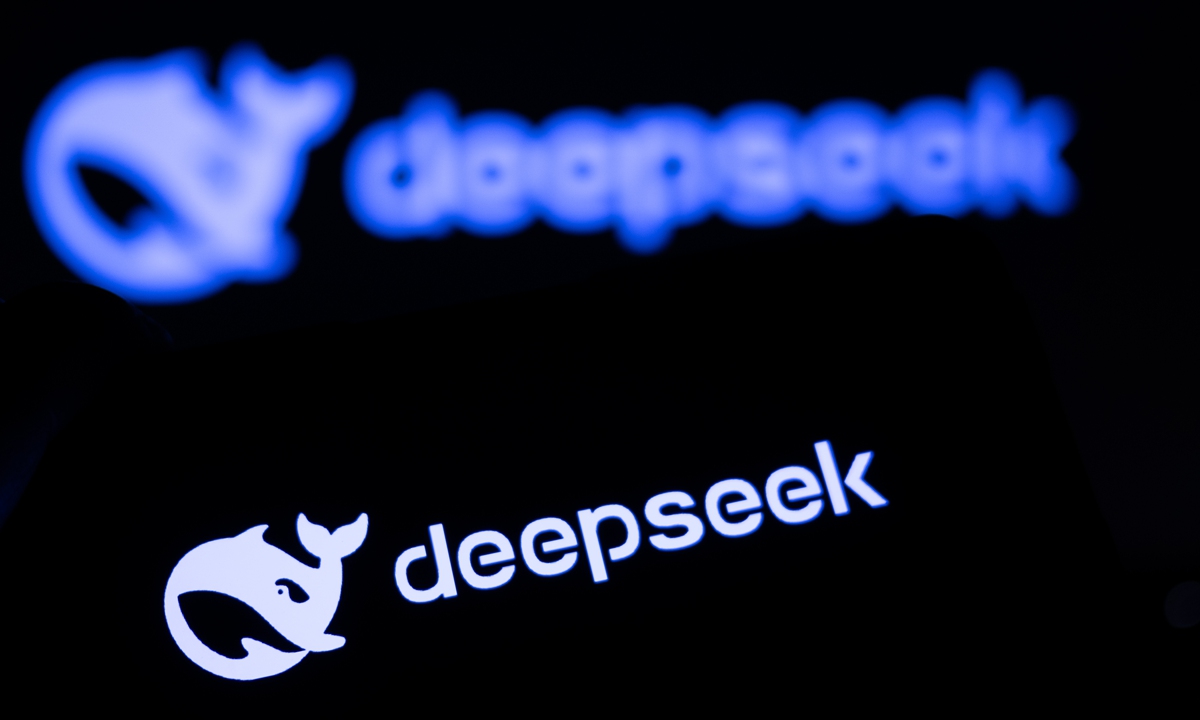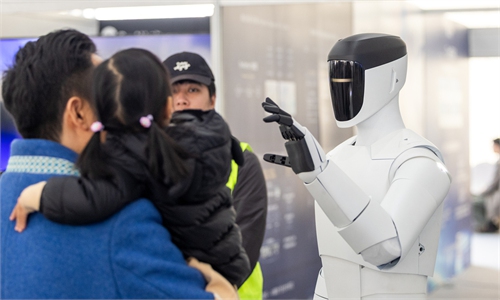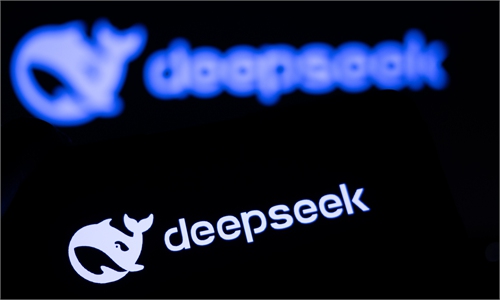
deepseek
Chinese artificial intelligence (AI) start-up DeepSeek sent another shockwave through the AI industry over the weekend, as the firm claimed a theoretical cost-profit ratio of 545 percent per day for its popular AI models.
The revelation not only proves the commercial viability of the Chinese start-up's business model, but also sets a new benchmark that will put heavy pressure on competitors such as OpenAI as they are still exploring a more sustainable business model for their AI products, according to observers.
DeepSeek said in a post on social media platform X on Saturday that its V3 and R1 models' cost of inferencing to sales during a 24-hour period on the last day of February put its profit margin at 545 percent.
It nevertheless noted in the post that its actual revenue is "substantially lower" for reasons such as V3's pricing being significantly lower than R1, and that only a subset of services are monetized, while it offers discounts during off-peak hours.
"The newly released numbers are sending a new shockwave across the global tech industry. The figure looks very lucrative, demonstrating that the AI model industry could be on the cusp of turning profitable," a manager surnamed Zhu at a tech venture capital based in Shenzhen, South China's Guangdong Province, told the Global Times on Sunday.
Zhu further noted that the data also reinforced an emerging consensus that China's homegrown AI models could be developed at significantly lower cost, while still being quite profitable.
DeepSeek also posted a Chinese version of its "V3/R1 inferencing system overview" on Quora-liked social media platform Zhihu on Saturday. The company noted that the optimization objectives of serving DeepSeek-V3/R1 inference are higher throughput and lower latency, achieved through strategies such as large-scale cross-node expert parallelism, and a distributed computing technique that enables efficient model inference and training.
Wang Peng, an associate research fellow at the Beijing Academy of Social Sciences, told the Global Times on Sunday that the DeepSeek AI model's open source and technique roadmap disclosure has set a new benchmark for the whole AI industry.
Even with relatively limited hardware conditions, which in the case of DeepSeek refers to using Nvidia's H800 chipset - which is much less powerful than those used by global rivals - extreme infra optimization can achieve exceptionally high computing efficiency and performance from an AI model, Wang explained.
DeepSeek noted in the post that "assuming the leasing cost of one H800 GPU is $2 per hour, the total daily cost amounts to $87,072. If all tokens were billed at DeepSeek-R1's pricing, the total daily revenue would be $562,027," which translated to a cost-profit margin of 545 percent. A Reuters report said that this would add more than $200 million a year to the company's revenue.
DeepSeek's latest V3 model's service pricing is only 1/15th of OpenAI's equivalent model, while the R1 model is also priced significantly lower than its competitors, according to a report by news portal jiemian.com on Sunday.
DeepSeek's low-cost and high-profit AI model could herald the arrival of a more efficient, cost-effective and highly competitive AI era, challenging some of the business models of foreign rivals like Open AI, Zhu noted.
Wang noted that the promising figures disclosed by DeepSeek highlighted the immense potential of developing multiple AI agents based on DeepSeek's ecosystem. This in turn will help build a more open and collaborative ecosystem, driving continuous technological advancements and the expansion of application scenarios, he said.



